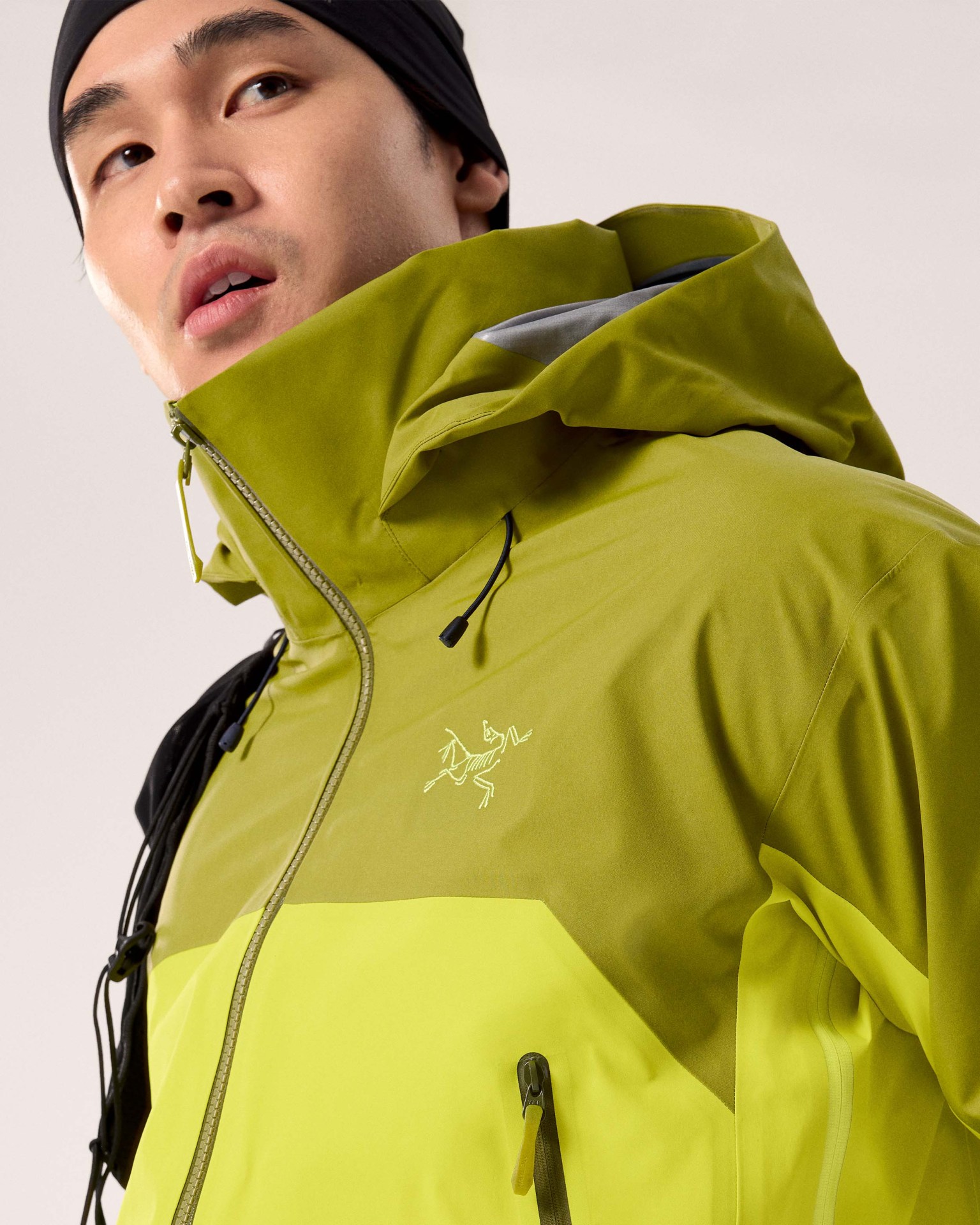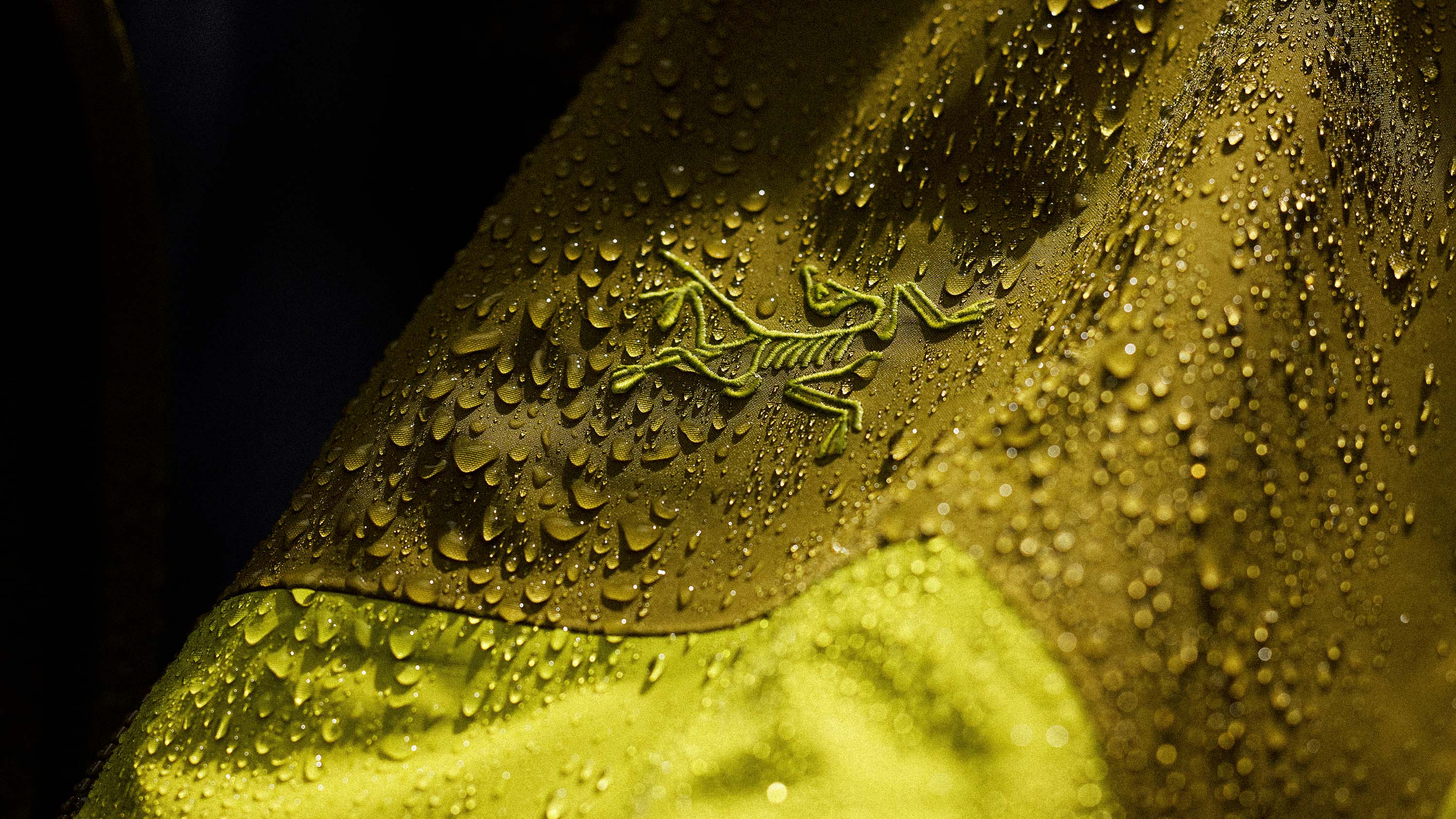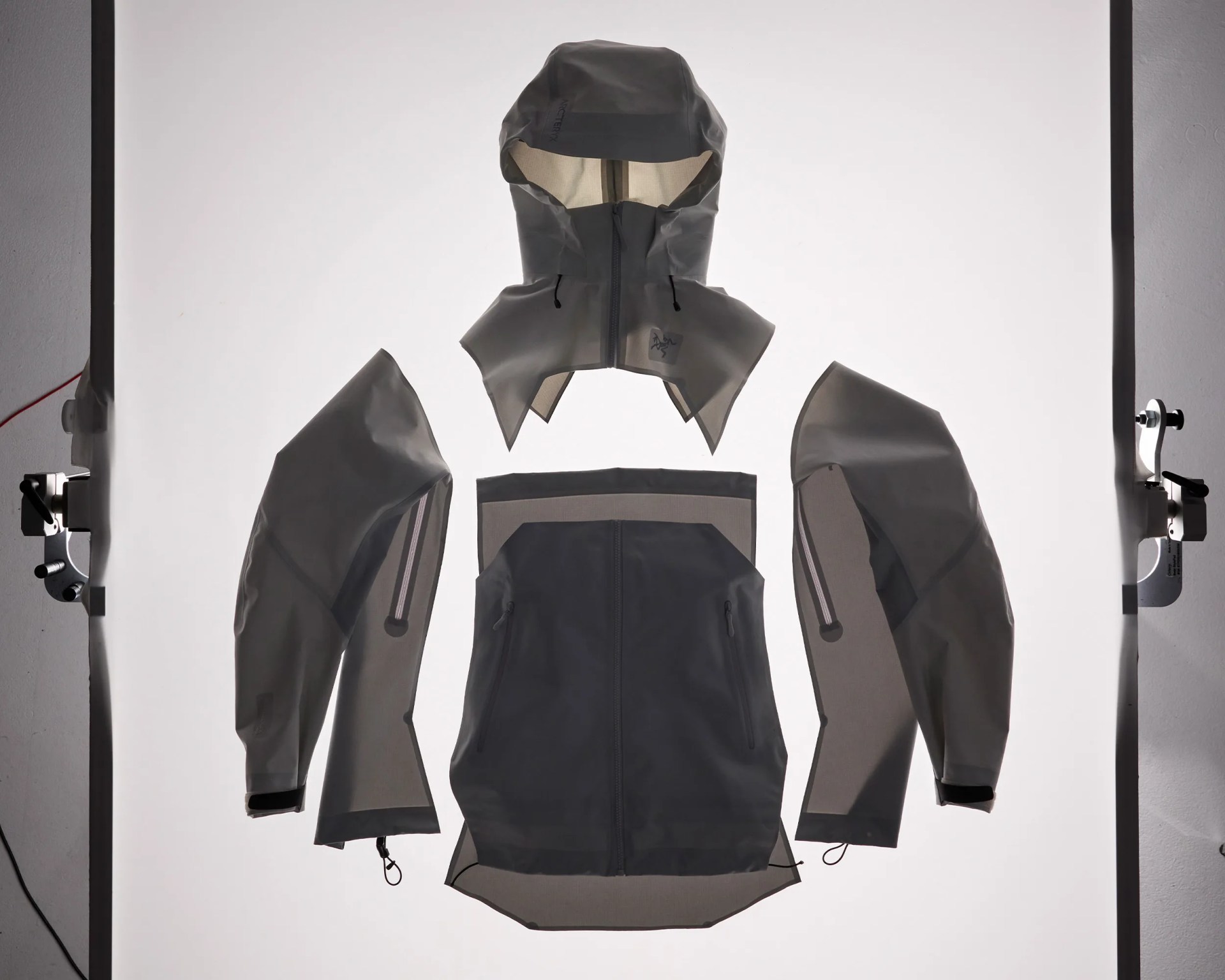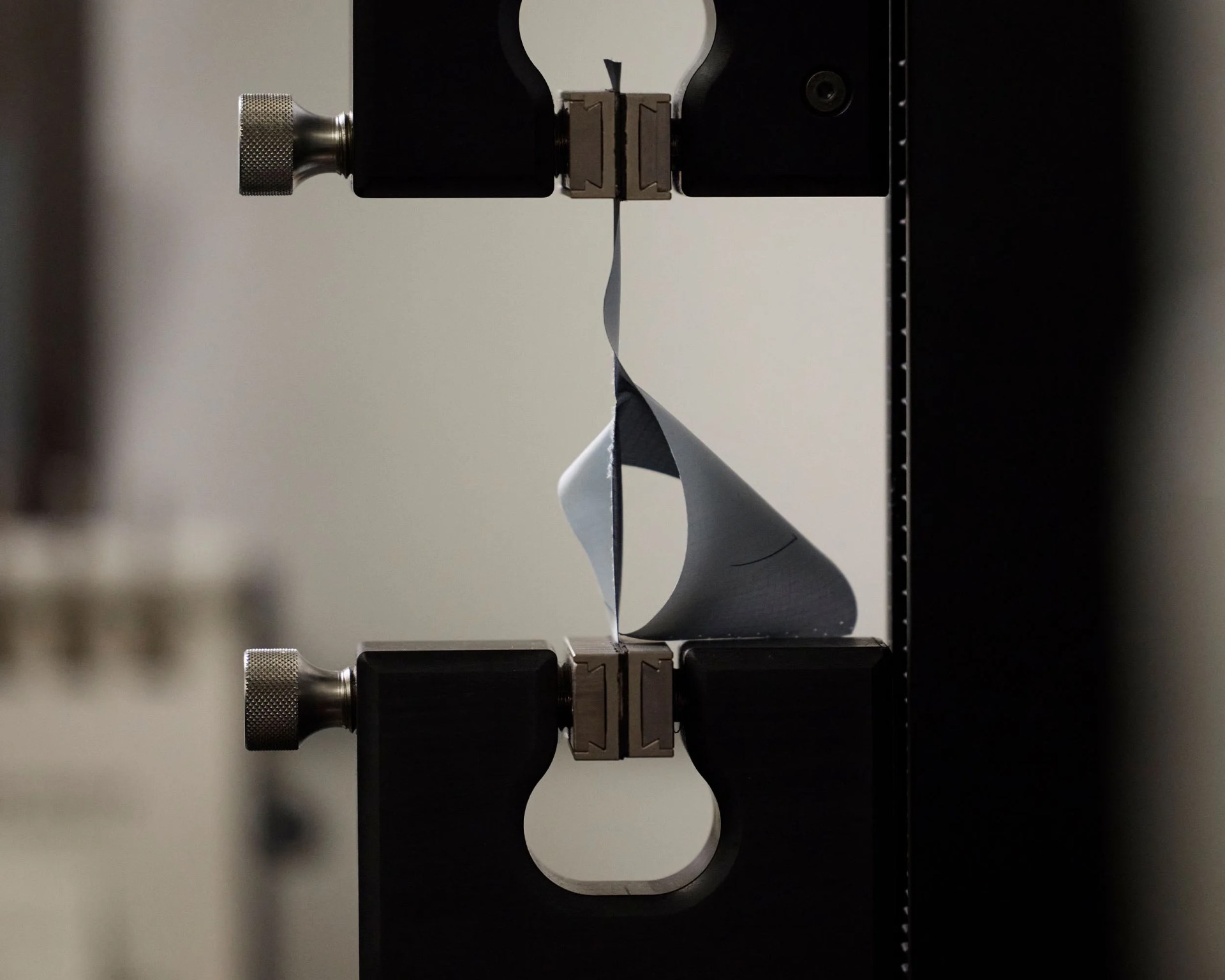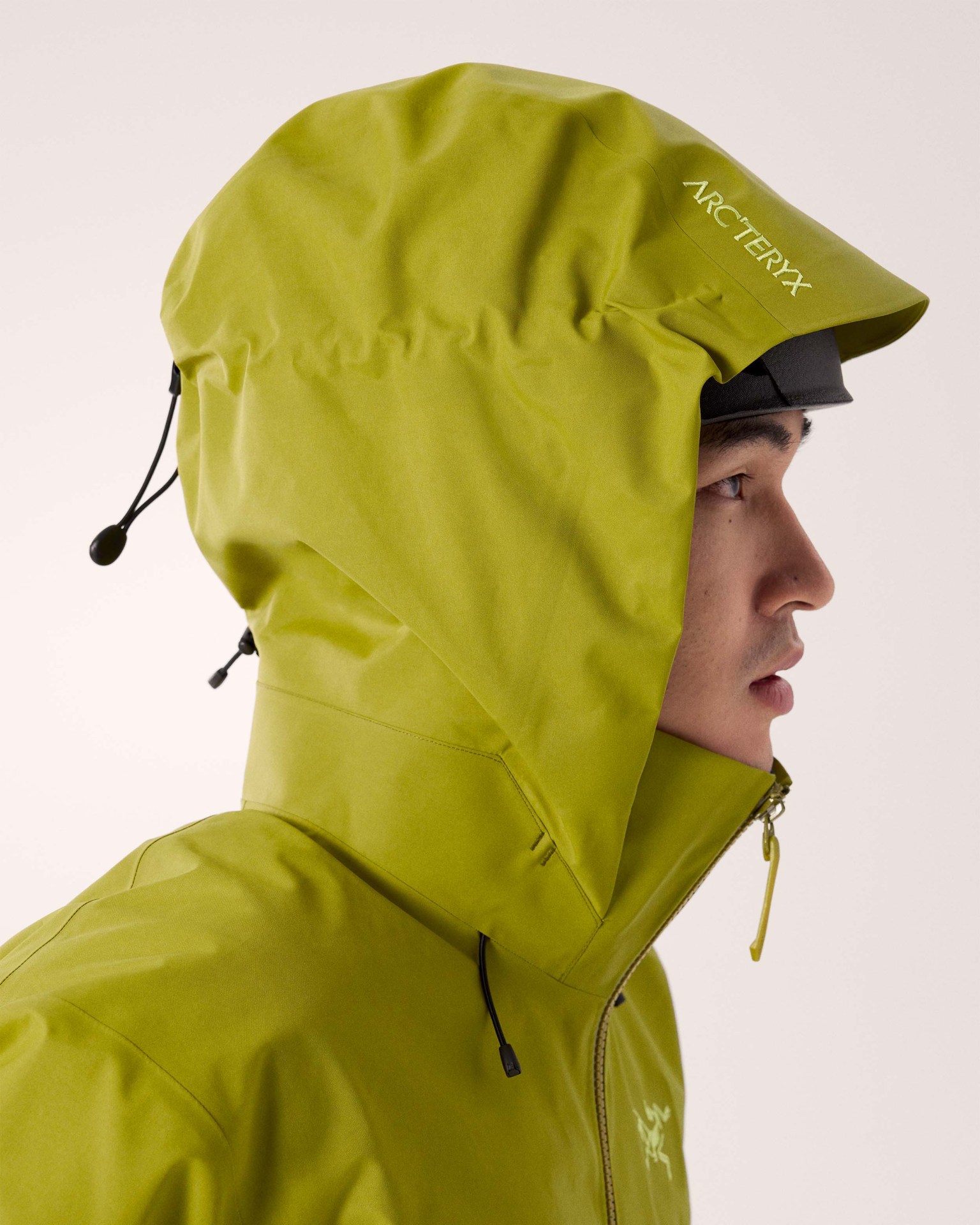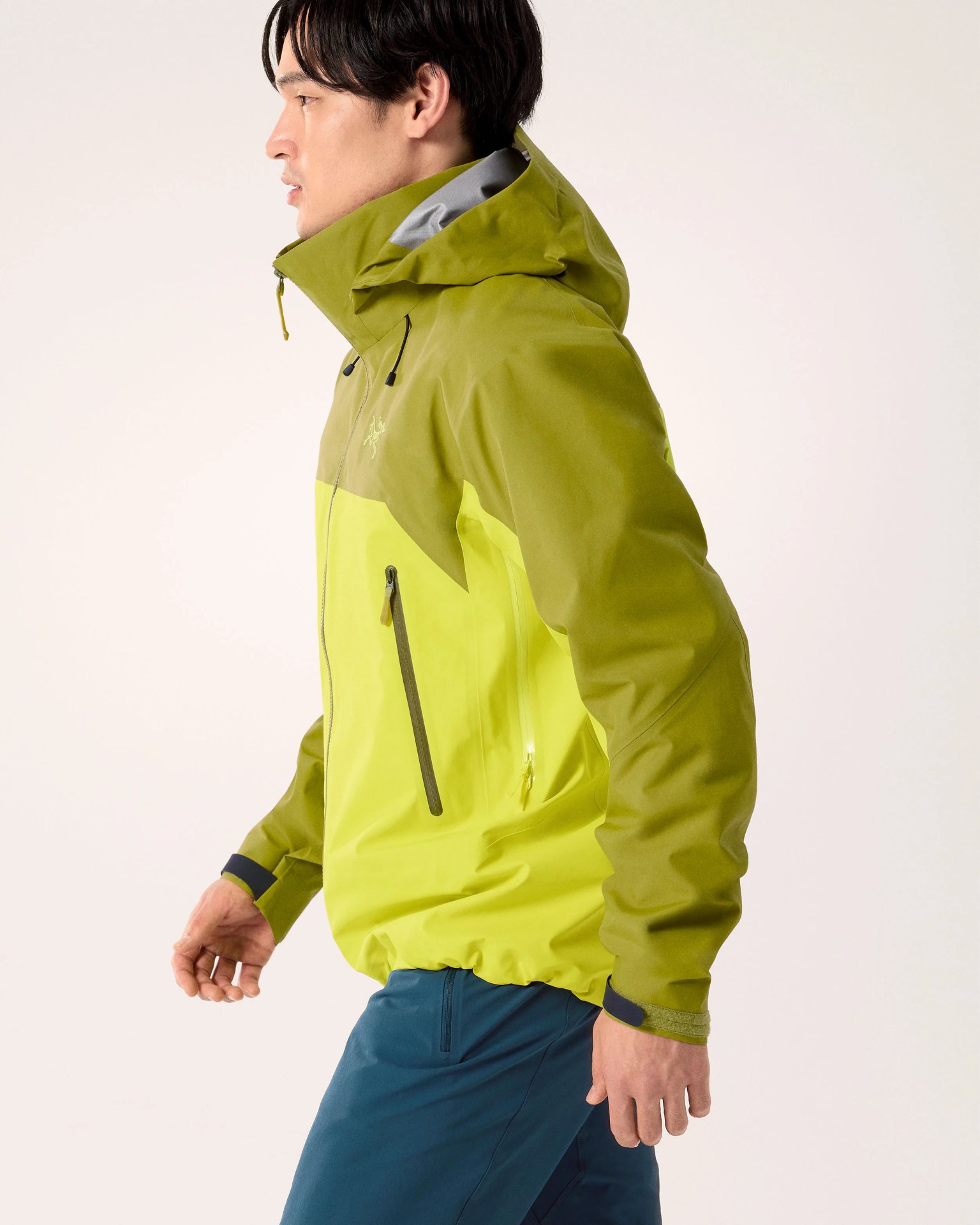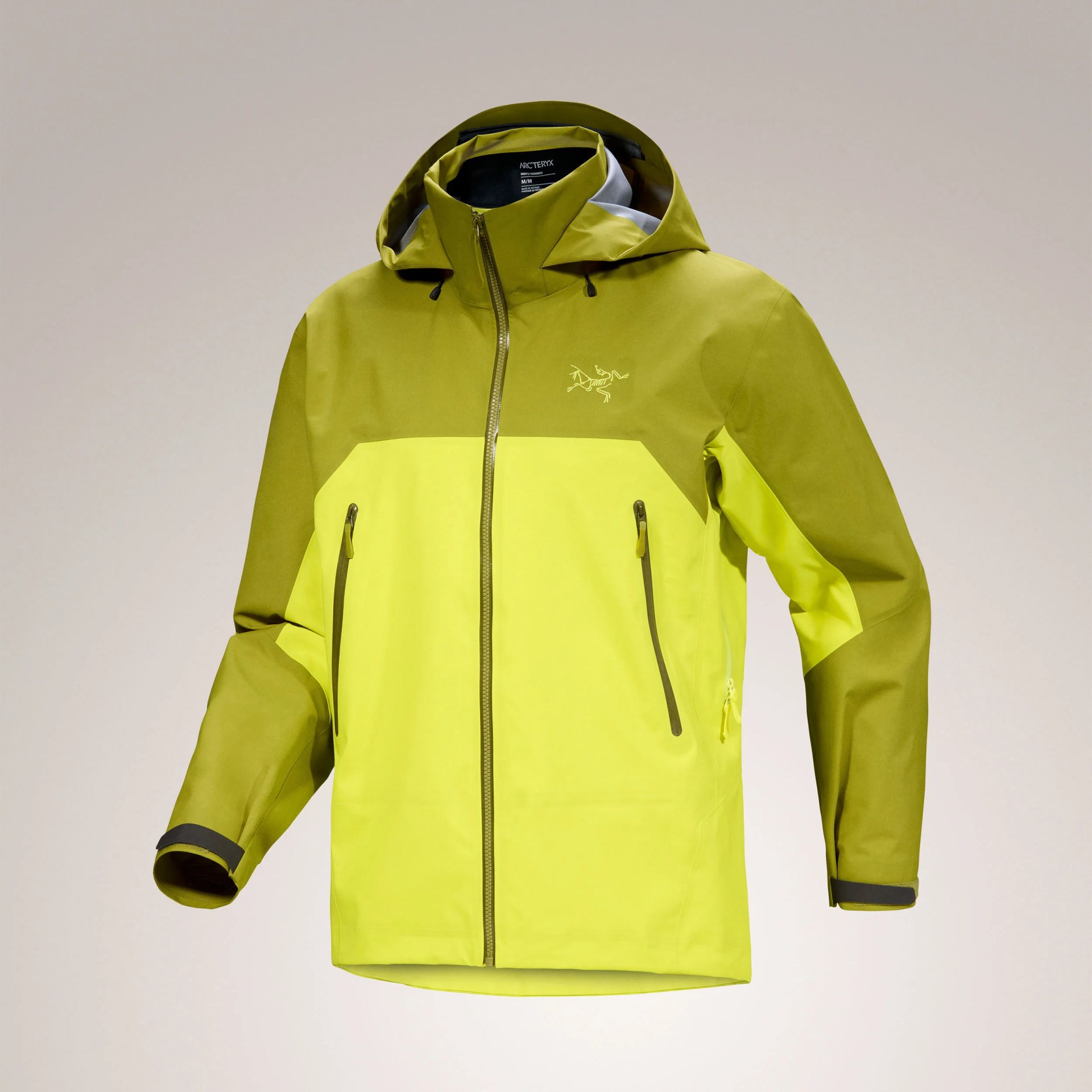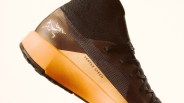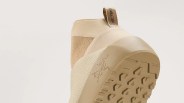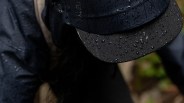Durable, versatile, iconic. Two and a half decades on, the Beta AR has become a pillar of not just Arc’teryx but the outdoor industry at large.
The first iteration, released in 2000, was Arc’teryx’s attempt at a go-anywhere, do-anything hardshell capable of performing across a wide array of disciplines.
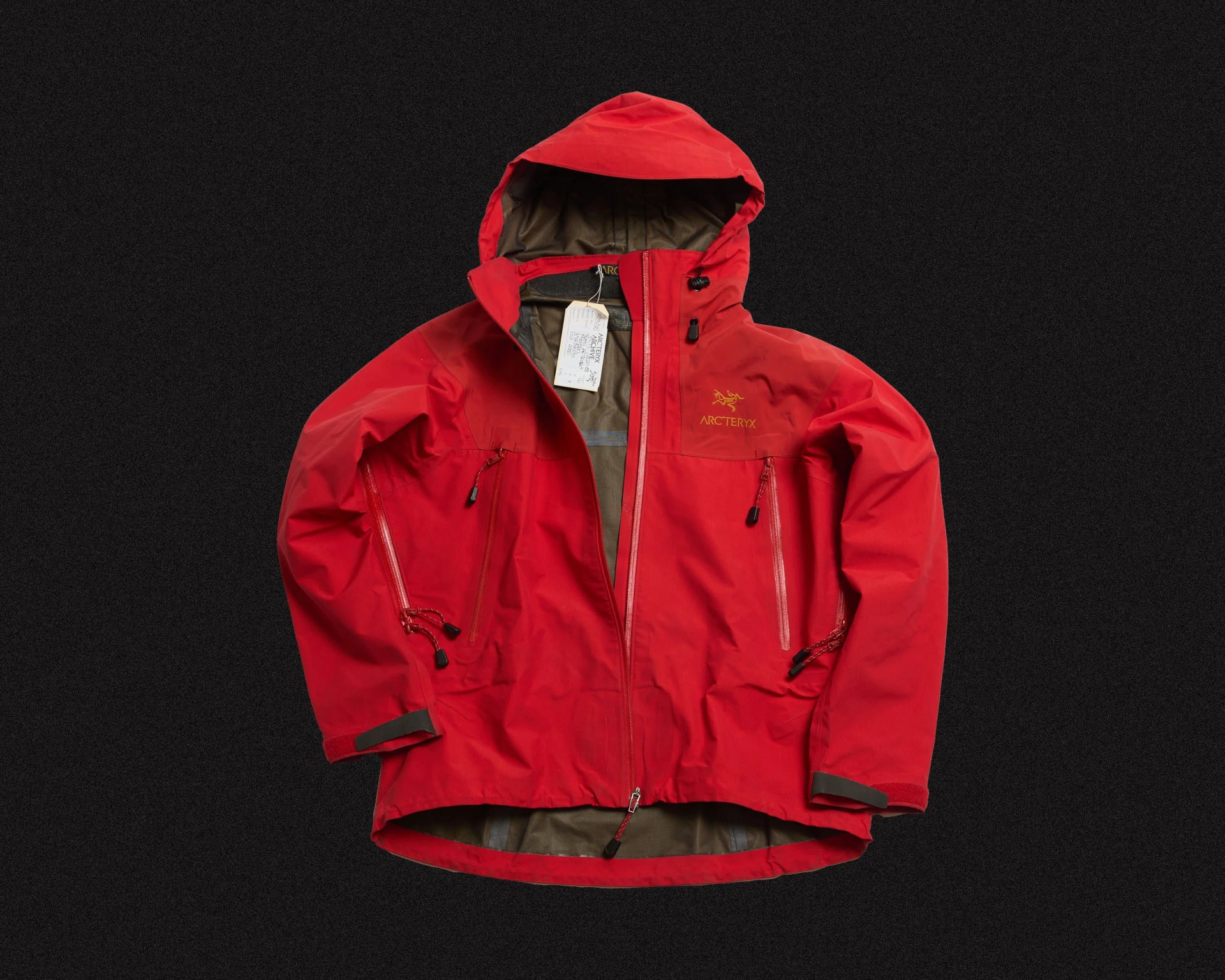
While it’s more than maintained that reputation — becoming the standard by which many other jackets are judged — it hasn’t done so by standing still.
Over the years, Arc’teryx has tinkered with the design, adjusting everything from the zippers to the hood and now, not for the first time, the shell itself.
Ahead of fall and winter, the brand will be debuting what it calls the “best Beta so far.” It’s easily the most important.
That’s because the jacket will now feature Gore-Tex Pro ePE, following in the footsteps of the streamlined Beta as a next-gen, PFAS-free alternative to traditional designs made with so-called “forever chemicals.”
